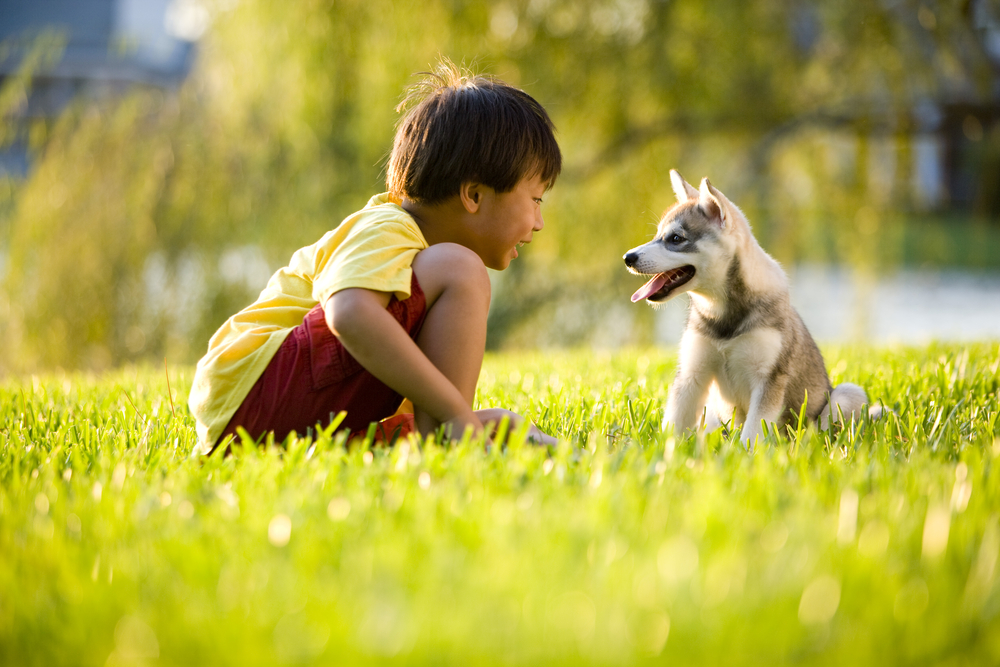
How to Encourage Kids to Take Care of Pets
August 1, 2024 8:26 pm Leave your thoughtsPets can be wonderful companions for children, teaching them responsibility, empathy, and the joy of caring for another living being. However, getting kids to consistently take care of their pets can be challenging. If you’re wondering how to teach kids pet care and how to help kids take care of pets, here are some practical tips and strategies to encourage them to take an active role in their pet’s well-being.
The Importance of Pet Care
Why Pet Care Matters
Teaching kids to take care of pets instills a sense of responsibility and can improve their self-esteem. It helps children understand the needs of animals, which can lead to a more compassionate and empathetic attitude. Moreover, involving kids in pet care routines can strengthen the bond between them and their pets, creating a more fulfilling relationship.
The Benefits of Pet Care for Kids
Engaging in pet care can have numerous benefits for children. It can teach them about the daily routines and commitments required to care for a pet. Additionally, pet care responsibilities can boost organizational skills, as kids learn to manage tasks like feeding, grooming, and exercise.
Tips for Teaching Kids Pet Care
Start with Age-Appropriate Tasks
When introducing kids to pet care, it’s important to match tasks with their age and ability. Younger children can help with simple tasks such as filling the pet’s water bowl or brushing its fur. As they grow older, you can gradually introduce more complex responsibilities like walking the dog or cleaning the litter box. Tailoring tasks to their developmental stage ensures that they feel capable and motivated.
Make Pet Care a Fun Activity
Incorporating fun into pet care can make the experience more enjoyable for kids. Turn pet care routines into games or challenges. For example, you can set a timer and see how quickly they can fill the pet’s food bowl or create a pet care chart with stickers as rewards for completing tasks. Making pet care a playful activity helps build positive associations with the responsibility.
Lead by Example
Children often mimic the behavior of adults, so setting a good example is crucial. Show your child how to care for pets by performing tasks with enthusiasm and care. Let them see you feeding, grooming, and playing with the pet. When kids observe you taking pet care seriously, they are more likely to adopt the same attitude.
Building Responsibility Through Routine
Establish a Pet Care Routine
Consistency is key in teaching kids how to take care of pets. Establish a daily or weekly routine for pet care tasks and involve your child in these routines. Having a set schedule helps kids understand the importance of regular care and makes it easier for them to remember their responsibilities. Use visual aids like charts or calendars to help them track their tasks.
Encourage Independence
As kids become more comfortable with pet care, encourage them to take more initiative. Allow them to make decisions about their pet’s needs, such as choosing toys or selecting treats. Providing them with opportunities to make choices fosters a sense of ownership and independence. Be supportive and offer guidance when needed, but let them take the lead.
Set Clear Expectations
Clear communication is essential when teaching kids about pet care. Discuss and set clear expectations regarding their responsibilities and the consequences of not fulfilling them. Make sure they understand the importance of each task and how it impacts the pet’s well-being. Positive reinforcement and praise for their efforts can motivate them to continue taking their responsibilities seriously.
Overcoming Common Challenges
Addressing Resistance
It’s not uncommon for kids to resist taking on pet care duties at times. If your child is reluctant, try to understand their concerns or hesitations. They may feel overwhelmed or unsure about how to perform certain tasks. Provide support and encouragement, and break down tasks into smaller, manageable steps. Offering rewards or incentives can also help motivate them to participate.
Balancing Pet Care with Other Activities
Kids often have busy schedules with school, extracurricular activities, and social events. Balancing pet care with other responsibilities can be challenging. Work with your child to find a manageable schedule that accommodates their pet care duties along with their other activities. Encourage time management skills and prioritize pet care as an important part of their daily routine.
Handling Mistakes
Mistakes are a natural part of learning. If your child makes an error in pet care, use it as a teaching moment rather than a chance to scold. Guide them through the correct procedure and discuss how they can improve. Positive reinforcement and patience help build their confidence and competence in pet care.
Conclusion
Encouraging kids to take care of pets involves a combination of education, motivation, and support. By starting with age-appropriate tasks, making pet care enjoyable, setting routines, and addressing challenges, you can help your child develop a sense of responsibility and a deeper bond with their pet. Remember, the goal is to make pet care a positive experience that enhances both your child’s and your pet’s well-being. With time and encouragement, your child can become a dedicated and loving pet caregiver.
Need Pet Grooming in Henderson, NV?
Hello from The Soggy Dog! Established in 2006, The Soggy Dog welcomes any and all pets. We offer a self-wash service for your furry friends of any size and breed for a great bonding experience. We also have a selection of pet supplies, from doggie treats to supplements for your cats. At The Soggy Dog, we provide a comfortable environment to bathe and groom your pets in the safest hands there are: yours! Contact us today, and make sure you look into our coupons online!
Categorised in: Pet Tips
This post was written by admin
